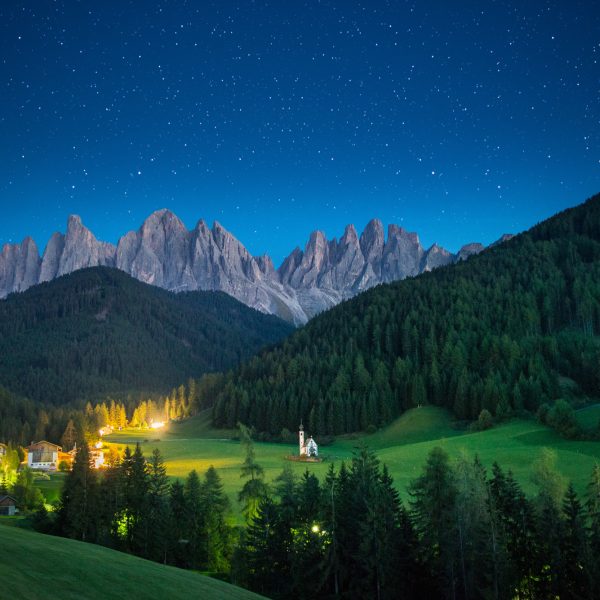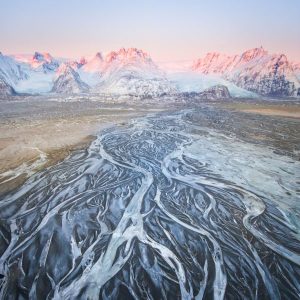In the vast and captivating realm of photography, light and shadow are the unsung heroes, the masterful painters that breathe life into every image. They are the silent storytellers, the architects of mood and emotion, and the keys to unlocking the hidden mysteries of the visual world. In this blog post, we embark on a journey to explore the enchanting files of mysterious light and shadow, peeling back the layers of the unknown veil that shrouds the photography world.
The Dance of Light and Shadow
Light and shadow are not merely physical phenomena; they are the essence of photography itself. Light, the radiant energy that illuminates our world, serves as the brushstroke that defines shape, texture, and color. It can be soft and diffused, casting a gentle glow that evokes a sense of tranquility and serenity. Or it can be harsh and direct, creating bold contrasts and dramatic highlights that add depth and impact to an image.
Shadow, on the other hand, is the absence of light, the mysterious void that adds depth, dimension, and intrigue to a photograph. It can be subtle and fleeting, hinting at hidden secrets and untold stories. Or it can be dark and imposing, creating a sense of mystery and suspense that draws the viewer in and holds their attention.
The interplay between light and shadow is what gives photography its unique power and beauty. It is the dance of these two elements that creates a sense of balance, harmony, and visual interest in an image. When used effectively, light and shadow can transform an ordinary scene into a work of art, capturing the essence of a moment in time and evoking a range of emotions in the viewer.

Techniques for Mastering Light and Shadow
As photographers, our goal is to harness the power of light and shadow to create images that are both visually stunning and emotionally impactful. To do this, we must master a variety of techniques and strategies that allow us to manipulate light and shadow to our advantage.
One of the most important techniques for mastering light and shadow is to understand the direction and quality of light. The direction of light can have a profound impact on the mood and atmosphere of an image. For example, front light, which comes from directly in front of the subject, can create a flat and uninteresting image. Backlight, on the other hand, which comes from behind the subject, can create a dramatic and ethereal effect, highlighting the subject’s 轮廓 and adding depth and dimension to the image.
The quality of light, or the way it is diffused or focused, can also have a significant impact on the final image. Soft, diffused light, such as that found on an overcast day or when using a diffuser, can create a gentle and flattering effect, reducing harsh shadows and creating a more even tone. Harsh, direct light, such as that found on a sunny day or when using a flash, can create bold contrasts and dramatic highlights, adding depth and impact to the image.
Another important technique for mastering light and shadow is to use contrast effectively. Contrast refers to the difference between the lightest and darkest areas of an image. By using contrast, we can create a sense of depth, dimension, and visual interest in our images. For example, we can use a high contrast ratio to create a bold and dramatic image, or a low contrast ratio to create a more subtle and understated effect.
In addition to understanding the direction and quality of light and using contrast effectively, we can also use a variety of tools and techniques to manipulate light and shadow in our images. For example, we can use reflectors to bounce light onto the subject, fill flash to add light to the shadows, or graduated neutral density filters to balance the exposure between the sky and the foreground.
The Art of Storytelling with Light and Shadow
At its core, photography is a form of storytelling. It is a way to capture a moment in time, to convey a message or an emotion, and to share our unique perspective with the world. Light and shadow play a crucial role in this process, as they can be used to create a sense of mood, atmosphere, and narrative in our images.
For example, we can use light and shadow to create a sense of mystery and suspense in a photograph. By using dark shadows and limited light, we can hint at hidden secrets and untold stories, leaving the viewer to fill in the blanks and create their own interpretation of the image.
We can also use light and shadow to evoke a specific emotion or mood in the viewer. For example, we can use soft, diffused light and warm colors to create a sense of comfort and security, or harsh, direct light and cool colors to create a sense of tension and unease.
In addition to creating mood and atmosphere, light and shadow can also be used to tell a story in a more literal sense. By using composition, perspective, and the placement of light and shadow, we can guide the viewer’s eye through the image and tell a narrative that unfolds over time.
Conclusion
In conclusion, the files of mysterious light and shadow are a treasure trove of inspiration and creativity for photographers. By understanding the power and beauty of light and shadow, mastering the techniques for manipulating them, and using them to tell a story, we can create images that are both visually stunning and emotionally impactful.
So the next time you pick up your camera, take a moment to observe the light and shadow around you. Look for the way they interact with the world around you, and think about how you can use them to create a unique and compelling image. With a little practice and patience, you too can unlock the secrets of the mysterious light and shadow and unveil the unknown veil of the photography world.

